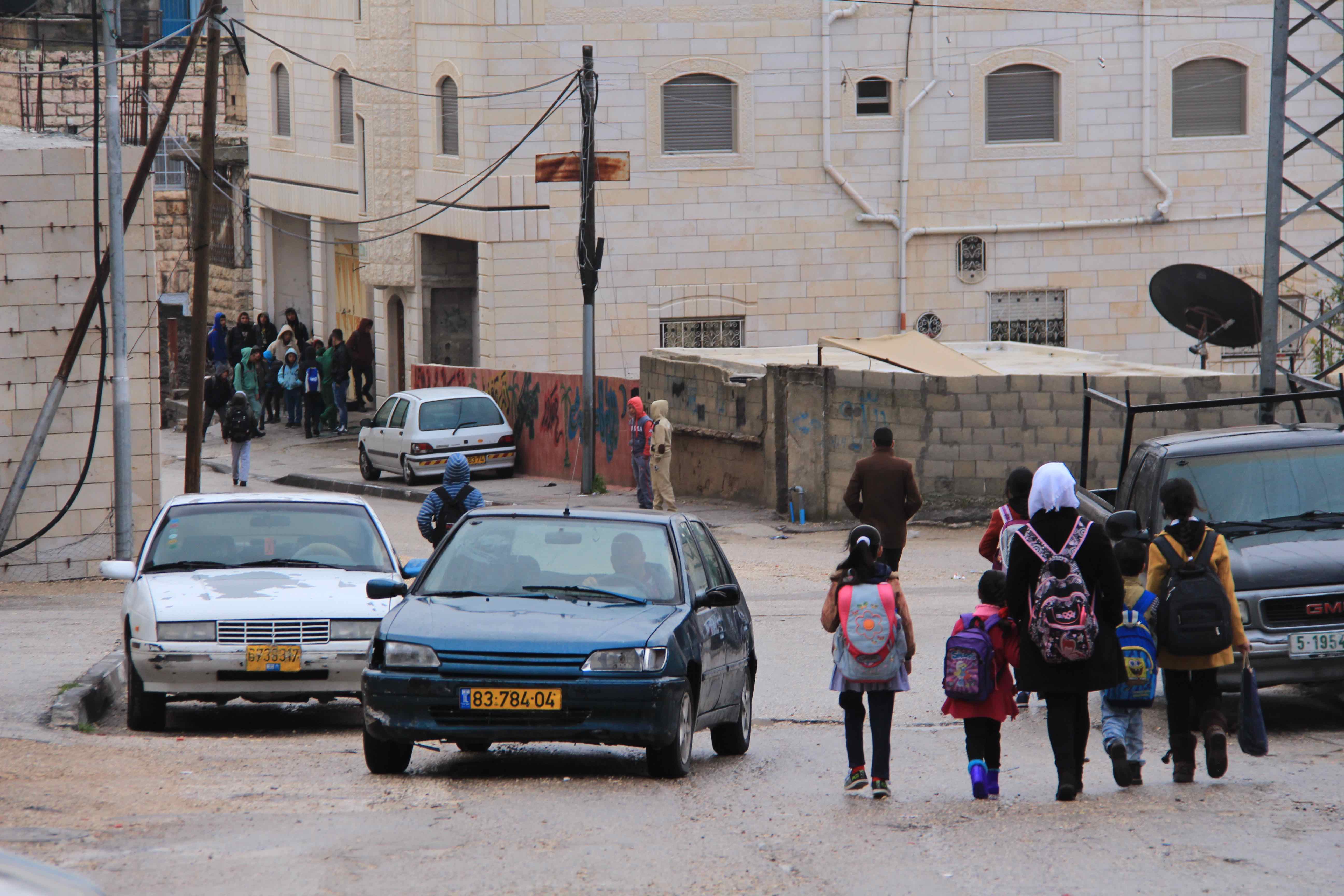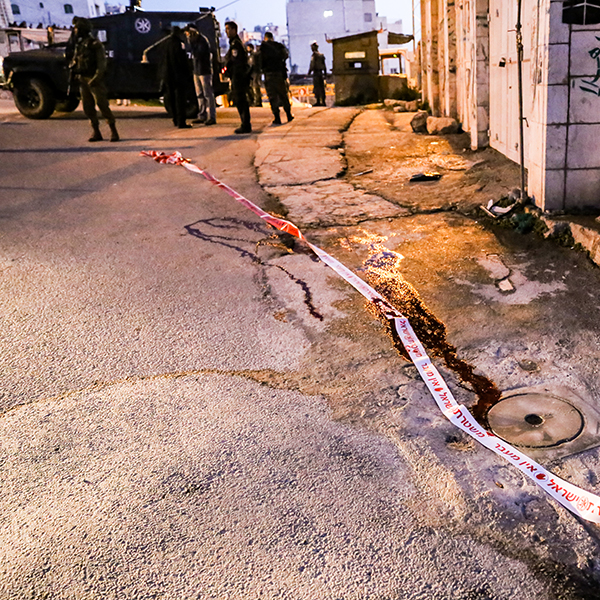Category: Hebron
-
Children harassed yet again at Salaymeh checkpoint
24th February 2016 | International Solidarity Movement, al-Khalil team | Hebron, occupied Palestine Today, like any other day, the children of Palestine prepared for their grim and demoralising walk to school through the Salaymeh checkpoint. The notorious checkpoint where Yasmin al-Zarour was shot down by Israeli occupying forces just 10 days ago. The current situation is one that is…
-
Israeli military use stun grenades on young Palestinian school kids
23rd February 2015 | International Solidarity Movement, Al-Khalil team | Hebron, occupied Palestine It has become a regular occurance for Palestinian school children to endure physical violence, harrassment, body searches and other demoralizing acts at the hands of the Israeli miltary. For those attending school near the notorious Salaymeh checkpoint in Hebron on Tuesday the…
-
Children face fear and threat of violence after young woman shot in Hebron
22nd February 2016 | International Solidarity Movement, al-Khalil team | Hebron, occupied Palestine A day after 21-year old Yasmin al-Zarou was gunned down by Israeli forces when passing the Salaymeh checkpoint, many of the children were forced to walk right past where she had layn on the ground bleeding – where her blood is still…



